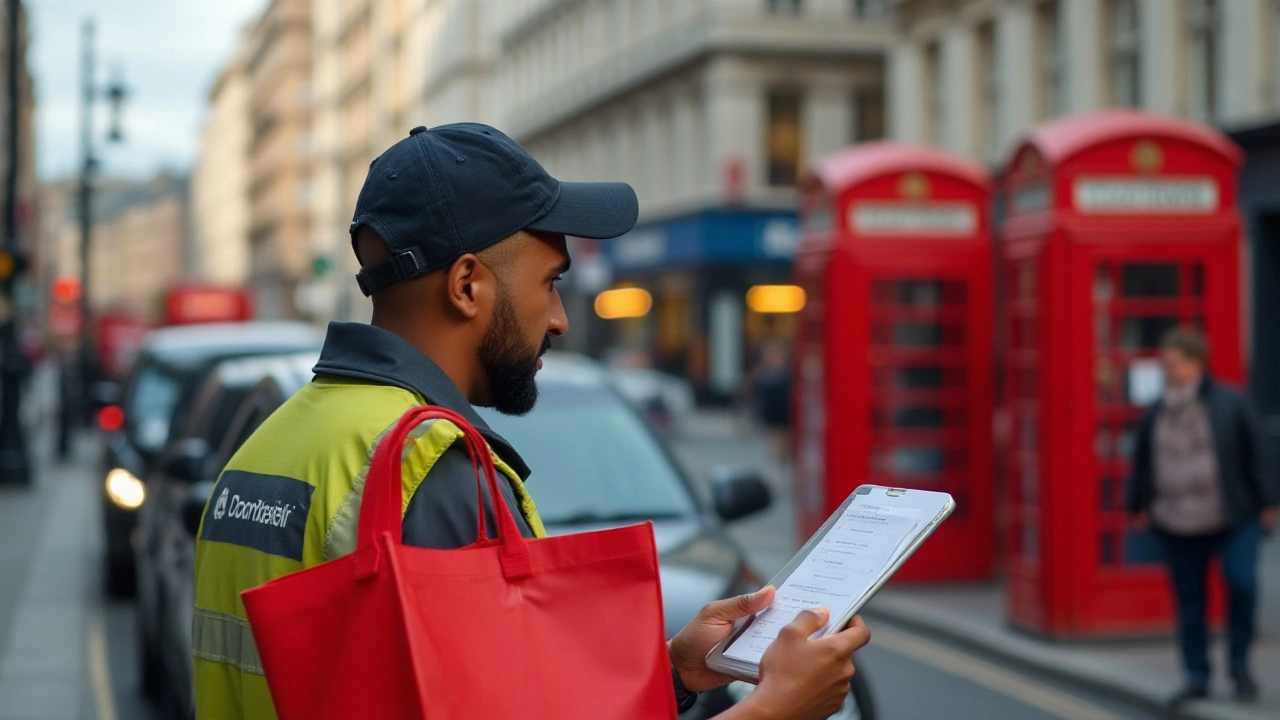Delivery Driver Insurance: What Every Courier Should Know
If you drive a van, bike, or car to deliver parcels, you need the right insurance. Without proper cover, a single accident can shut down your business, drain your savings, or even land you in legal trouble. This guide breaks down the must‑have protection, the costs you can expect, and easy ways to choose a policy that fits your budget.
Why Standard Car Insurance Isn't Enough
Most people think their regular car policy will protect them when they start delivering for a company. In reality, standard policies exclude commercial use. That means if you’re making deliveries for a courier service or running your own gig, the insurer can refuse to pay any claim. You’ll be left covering repair bills, legal fees, and third‑party damages out of pocket.
Key Cover Types for Delivery Drivers
Third‑party only – The cheapest option. It covers damage you cause to other vehicles or property, plus any injuries to other people. It won’t help with your own vehicle.
Third‑party, fire and theft – Adds protection if your van is stolen or catches fire. Still doesn’t pay for accidental damage to your own van.
Comprehensive – The full package. It covers third‑party claims, fire, theft, and accidental damage to your own vehicle, even if the accident was your fault. It also often includes a ‘no‑claims bonus’ that can lower premiums over time.
Many couriers also add goods‑in‑transit coverage. This protects the parcels you’re carrying if they’re lost, stolen, or damaged while in your care. Some insurers bundle this with the vehicle policy; others sell it as a separate add‑on.
How Much Does It Cost?
Premiums vary based on vehicle type, mileage, delivery area, and your claims history. A small bike used for city deliveries might cost £30‑£60 a month, while a full‑size van can run £80‑£150. Adding goods‑in‑transit protection typically adds £10‑£20 per month.
To keep costs down, consider these tricks:
- Limit your annual mileage. Lower mileage signals less risk.
- Choose a higher voluntary excess. You’ll pay more out of pocket if you claim, but the monthly premium drops.
- Bundle policies. Some insurers give discounts if you combine vehicle and goods coverage.
- Shop around every year. Prices shift, and a new quote may be 10‑20% cheaper.
Tips for Picking the Right Policy
Start by checking whether the insurer classifies your work as “commercial use.” If they don’t, move on. Next, compare the level of goods coverage – you’ll want at least the value of the typical parcel you deliver.
Read the fine print on claim limits. Some policies cap goods‑in‑transit cover at £500 per incident, which might be too low if you transport high‑value electronics.
Ask about a “pay‑as‑you‑go” option if you’re a part‑time driver. Some UK insurers let you pay per mile, which can be cheaper than a flat monthly rate when you only work a few days a week.
What to Do After an Accident
Stay calm and follow these steps:
- Exchange details with the other driver and take photos of the damage.
- Report the incident to your insurer within 24 hours. Delays can jeopardise your claim.
- If you’re carrying parcels, document any damage to the goods and inform the sender.
- Keep receipts for any immediate repairs or rental vehicles – they’ll help with reimbursement.
Most insurers will assign a claims adjuster to assess the damage and estimate the payout. Being organized speeds up the process and helps you get back on the road faster.
Having the right delivery driver insurance isn’t just a legal check‑box; it’s the safety net that lets you focus on making fast, reliable deliveries without worrying about what might happen if something goes wrong. Pick a policy that covers your vehicle, your cargo, and your peace of mind, and you’ll keep your business moving forward.
Understanding Car Insurance Costs for DoorDash Drivers
As a DoorDash driver, understanding the insurance landscape is crucial. Car insurance costs can vary significantly when delivering food, influenced by factors such as location, driving history, and specific insurer policies. It's important to know about different types of coverage, including personal and commercial options, to make informed choices. This article delves into the aspects affecting insurance premiums and provides tips to find optimal coverage for delivery drivers.
© 2025. All rights reserved.

